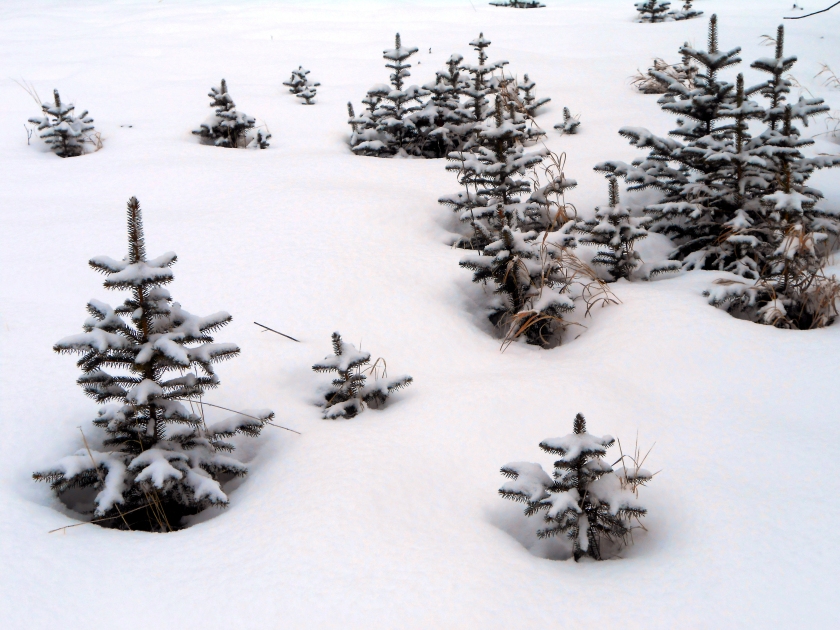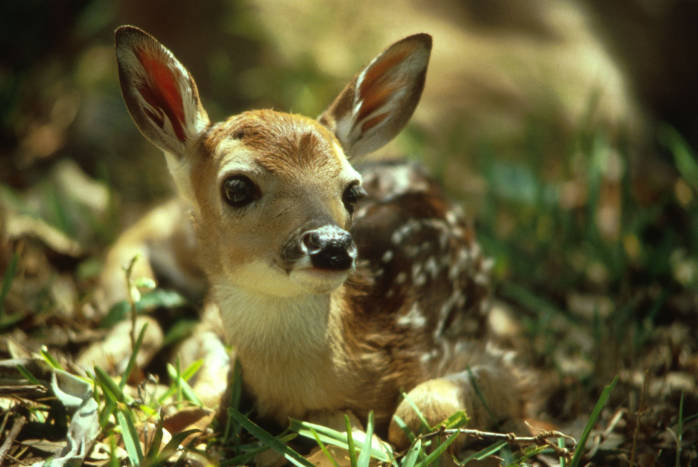Richard St. Barbe Baker Afforestation Area
George Genereux Urban Regional Park
A green belt for the city starts with Bert Wellman, Saskatoon Planning Department , who walked around Saskatoon’s perimeter choosing high spots of land for scenic beauty. Together with City Planner Bill Graham they worked on parkways and planted trees for the 1960 Circle Drive Parkway at these sites. Alfred Henry Browne “Man of the Trees” city Parks Superintendent – “The Man Who Made Saskatoon Beautiful” had a vision for Saskatoon – planting over 30,000 trees in the city. Wyndham Winkler Ashley local horticulturist, and founder of the parks board advocated trees, and dispersed tree seedlings. They all envisioned a green city.
1960 the Richard St. Barbe Baker Afforestation Area lands were bought; parts of Sections 22 and 23 Township 36, Range 6 West of the third meridian, south of the CN Chappell yards – east of SK Hwy 7
1960 “George Genereux” Urban Regional Park (afforestation Area) quarter section of lands purchased as well; NE section 21- township 36- range 6 west of the third meridian, west of SK Hwy 7
1972 sees drought resistant trees, Scotch Pine, Caragana, Elm, Balsam Poplar, Colorado Blue Spruce planted in the three afforestation areas; Richard St. Barbe Baker Afforestation Area,“George Genereux” Afforestation Area and the afforestation area south of Diefenbaker Park. In total 355 acres of afforestation areas were planted that year. In 1973, 355 additional acres are planted. Originally 2,300 acres were envisioned.
Wednesday May 10, 1972 Saskatoon Star Phoenix Green Survival: War against ecology abuse. Three Saskatoon groups organizing main campaign written by Kathy Cronkite.
” The concrete and asphalt jungle, filthy air and cold, stark, angular outlines devoid of greener are the characteristics of the modern metropolis.
But, man is instinctively against this type of life and often retreats to the country to enjoy fresh, clean air and green landscape as far as the eyes can see.
In Saskatoon, three main groups are leading the fight. …The parks and Recreation board has a major program, especially in tree planting.
Saskatoon’s parks and recreation board has preserved the areas of Beaver Creek and Cranberry Flats and the rifle range [Chief Whitecap park] as open space to be enjoyed by Saskatoonians in pursuit of passive recreation such as picnics.
It has also ventured into a massive project of planting 200,000 trees for local parks on 600 acres of land south of Diefenbaker Park and south of the CNR Station.”
1972, A. L. Ligtemoet, Assistant Parks Superintendent sets before council that these first 600 acres of afforestation areas be kept in perpetuity ~ this is approved by city council.
1978 Oct 19 Name “Richard St. Barbe Baker Afforestation Area” brought forward to city council along with his biography; George Genereux biography presented to City Council. The name George Genereux has since been bestowed upon a pocket park in Willow Grove.
Dec 28, 1978 proposed that the areas become parks; Jan 2, 1979, this is recommended by council.
1979 The Meewasin Valley Authority (MVA) is a conservation organization created by the Provincial Government of Saskatchewan in Canada and is dedicated to conserving the cultural and natural resources of the South Saskatchewan River Valley. Richard Moriyama, architect and planner, of the 100 Year Conceptual Master Plan of the South Saskatchewan River Environment in the Rural Municipality of Corman Park and the City of Saskatoon, stated that the “first elements of that concept are a unique land and a unique people. The objective is balance. The umbrella idea, the broad concept, is health…the continuing health of the river and all its connected parts creek, coulee, ravine, slough, aquifer, land and air.” Meewasin is the means by which the three participating parties (City of Saskatoon, Province of Saskatchewan and University of Saskatchewan) have chosen to manage their lands, through one common authority. In 1979 the MVA took on the management of those afforestation areas within the city limits as of the August 2, 1963 city of Saskatoon land annexation which included the central and easterly portion of the Richard St. Barbe Baker Afforestation Area.
1985 Richard St. Barbe Baker Afforestation Area is dedicated June 15, 1985 in a ceremony
2015 The afforestation area land mass ~Richard St. Barbe Baker Afforestation Area and “George Genereux” Urban Regional Park ~ were both fully absorbed into the City of Saskatoon boundaries on September 1, 2015
“Forests play an important an important role in climate change. The destruction and degradation of forests contributes to the problem through the release of CO2. But the planting of new forests can help mitigate against climate change by removing CO2 from the atmosphere. Combined with the sun’s energy, the captured carbon is converted into trunks, branches, roots and leaves via the process of photosynthesis. It is stored in this “biomass” until being returned back into the atmosphere, whether through natural processes or human interference, thus completing the carbon cycle.” Source
“We forget that we owe our existence to the presence of Trees. As far as forest cover goes, we have never been in such a vulnerable position as we are today. The only answer is to plant more Trees – to Plant Trees for Our Lives.” Richard St. Barbe Baker

For directions as to how to drive to “George Genereux” Urban Regional Park
For directions on how to drive to Richard St. Barbe Baker Afforestation Area
For more information:
Richard St. Barbe Baker Afforestation Area is located in Saskatoon, Saskatchewan, Canada north of Cedar Villa Road, within city limits, in the furthest south west area of the city. 52° 06′ 106° 45′
Addresses:
Part SE 23-36-6 – Afforestation Area – 241 Township Road 362-A
Part SW 23-36-6 – SW Off-Leash Recreation Area (Richard St. Barbe Baker Afforestation Area ) – 355 Township Road 362-A
S ½ 22-36-6 Richard St. Barbe Baker Afforestation Area (West of SW OLRA) – 467 Township Road 362-A
NE 21-36-6 “George Genereux” Afforestation Area – 133 Range Road 3063
Wikimapia Map: type in Richard St. Barbe Baker Afforestation Area
Google Maps South West Off Leash area location pin at parking lot
Web page: https://stbarbebaker.wordpress.com
Where is the Richard St. Barbe Baker Afforestation Area? with map
Where is the George Genereux Urban Regional Park (Afforestation Area)? with map
Facebook Group Page: Users of the George Genereux Urban Regional Park
Facebook group page : Users of the St Barbe Baker Afforestation Area
Please help protect / enhance /commemorate your afforestation areas, please contact the Friends of the Saskatoon Afforestation Areas Inc. (e-mail / e-transfers)
1./ Learn.
2./ Experience
3./ Do Something: ***
With spirit we are all children of the cosmos; Without it we are orphaned and adrift.
Deepak Chopra
“Healing the broken bond between children and nature may seem to be an overwhelming, even impossible task. But we must hold the conviction that the direction of this trend can be changed, or at least slowed. The alternative to holding and acting on that belief is unthinkable for human health and for the natural environment. The environmental attachment theory is a good guiding principle: attachment to land is good for child and land.” Richard Louv
“The future of the planet concerns all of us, and all of us should do what we can to protect it. ” Wangari Maathai.

